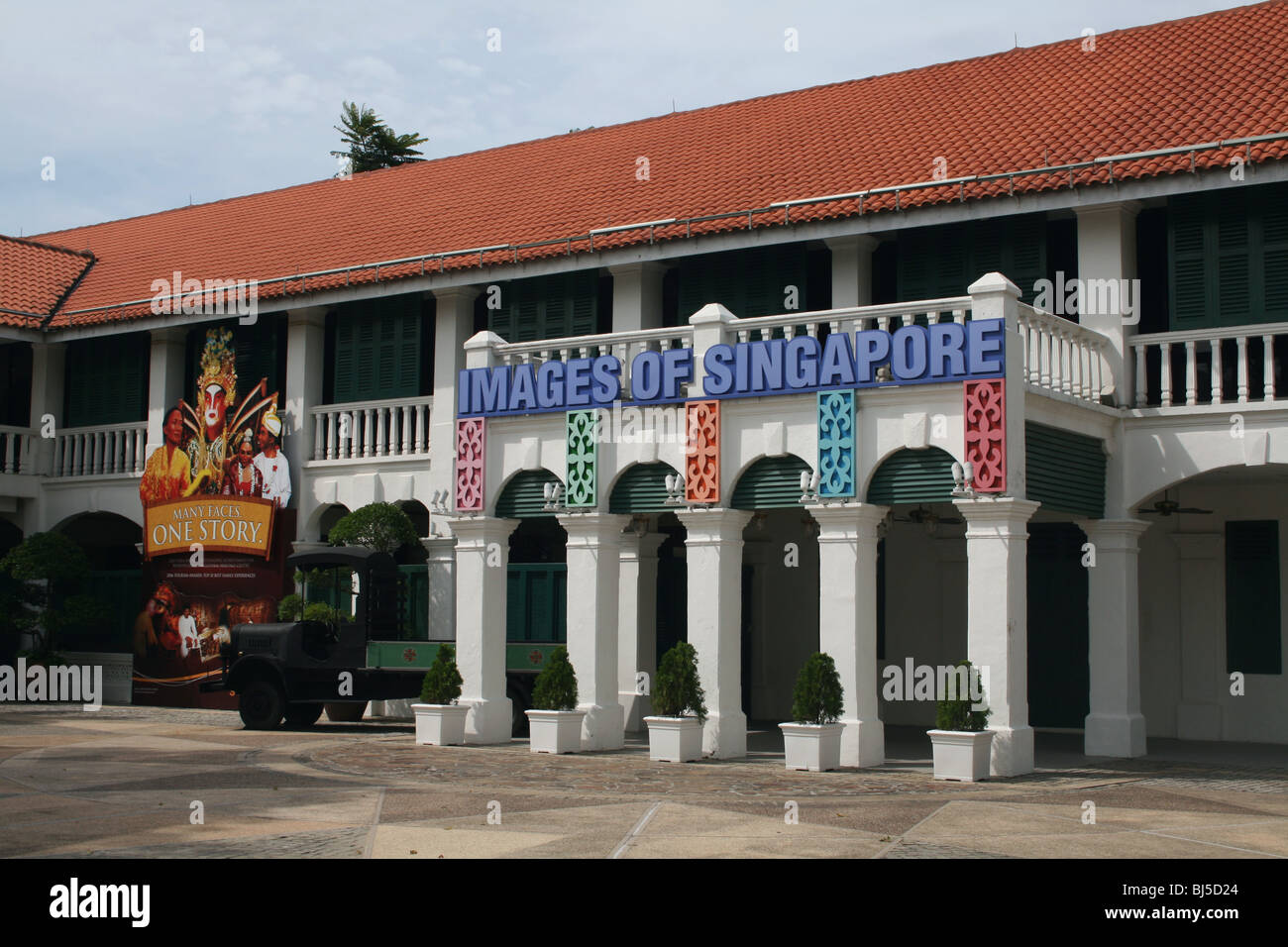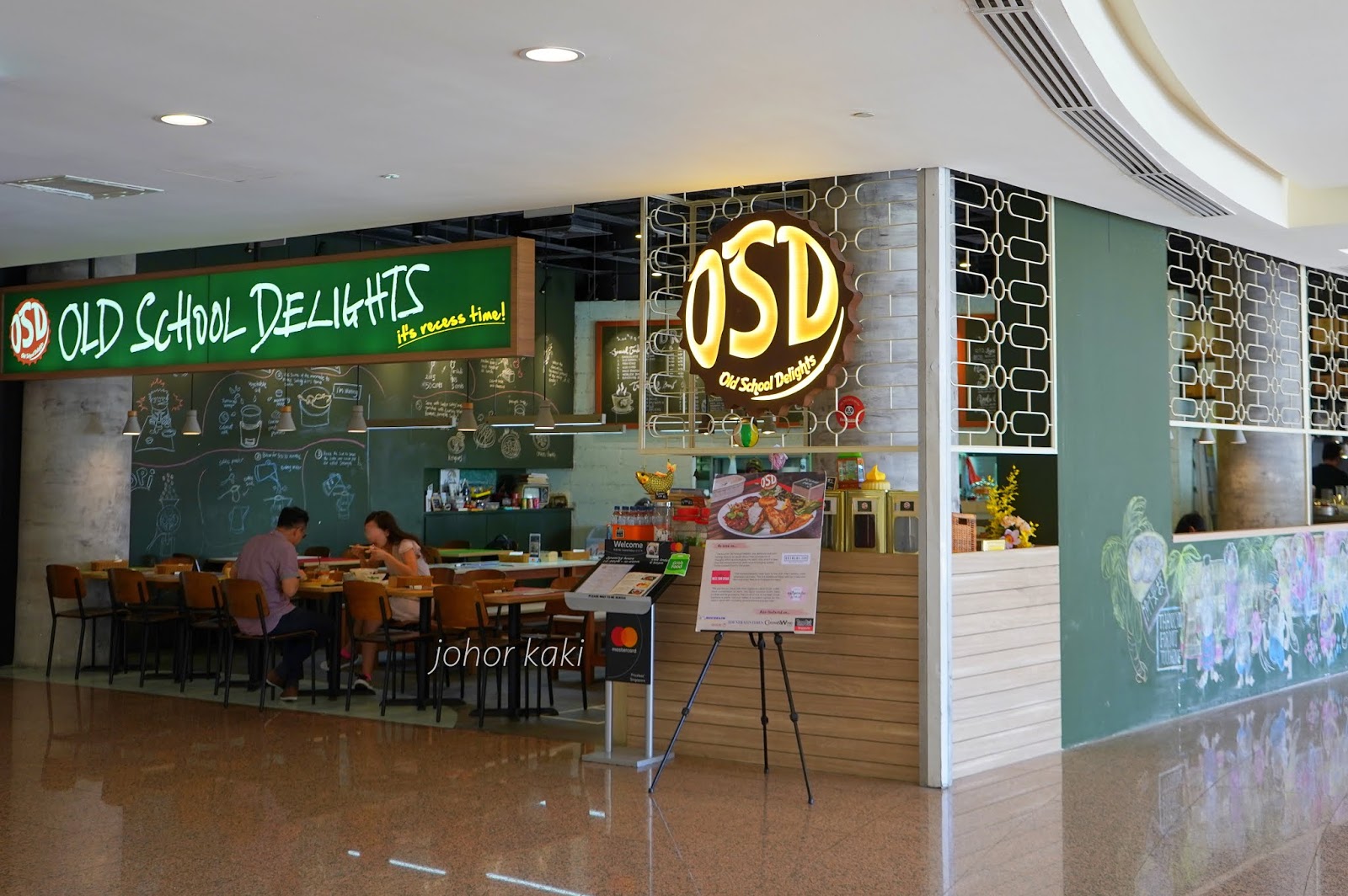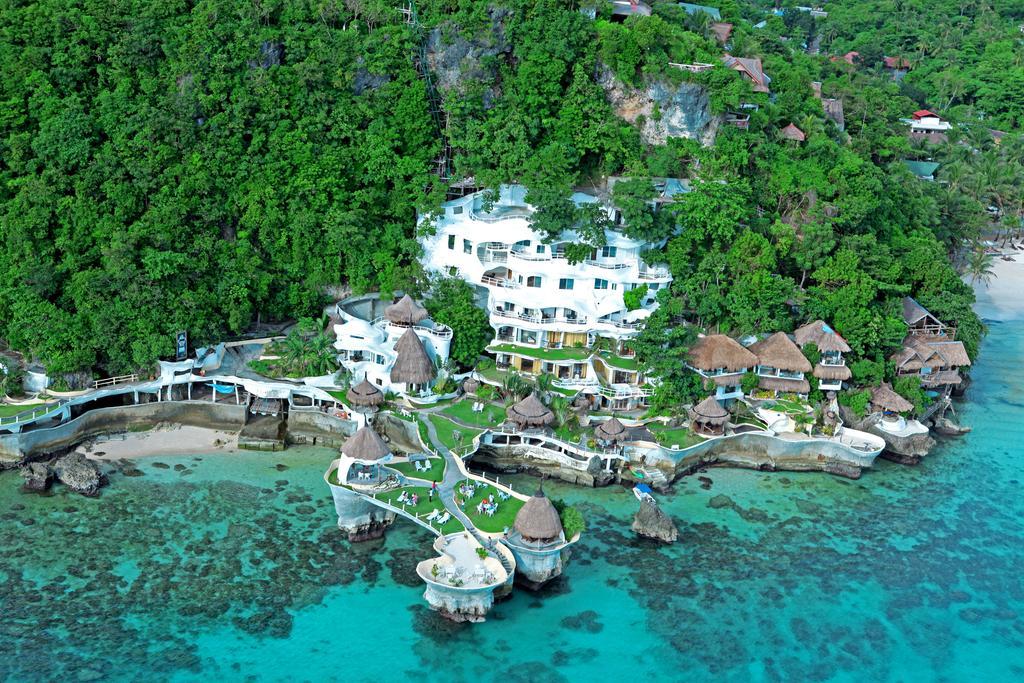Located in the historic city of Gyeongju, Bulguksa Temple is one of South Korea’s most treasured cultural landmarks. Known for its architectural beauty, spiritual significance, and UNESCO World Heritage status, Bulguksa Gyeongju attracts visitors from around the world who come to admire its peaceful surroundings and ancient heritage.
Whether you’re a history enthusiast, a Buddhist pilgrim, or a curious traveler, Bulguksa offers a profound glimpse into Korea’s sacred past.
What Is Bulguksa Temple?
Bulguksa Temple (불국사) is a prominent Buddhist temple situated on the slopes of Mount Toham in Gyeongju, South Korea. It was first built in 528 AD during the Silla Dynasty and later reconstructed in 751 AD under the reign of King Gyeongdeok.
The temple was intended to symbolize the Buddhist land of paradise on earth and remains a cornerstone of Korean Buddhist art and architecture.
UNESCO World Heritage Site
In 1995, Bulguksa Temple, along with the nearby Seokguram Grotto, was designated a UNESCO World Heritage Site under the title “Historic Areas of Gyeongju.”
UNESCO recognized it for:
- Its outstanding architectural techniques
- The harmonious integration with the natural landscape
- Its representation of Korean Buddhist culture and beliefs
Architectural Highlights of Bulguksa Gyeongju
Bulguksa’s charm lies in its stone structures, wooden halls, and peaceful courtyards. Key features include:
Dabotap and Seokgatap Pagodas
- Twin stone pagodas representing balance and duality
- Dabotap is ornate and symbolically complex; Seokgatap is simple and symmetrical
Cheongung (Blue Cloud Bridge) & Baegungyo (White Cloud Bridge)
- A set of majestic stone stairways leading into the temple
- Symbolizes the transition from the secular world to spiritual enlightenment
Main Halls
- Daeungjeon (Hall of Great Enlightenment) houses the Sakyamuni Buddha
- Geungnakjeon (Hall of Supreme Bliss) dedicated to Amitabha Buddha
- Museoljeon (Hall of No Words) emphasizes silent understanding of truth
Each structure reflects the philosophy and aesthetic principles of Silla-era Buddhism.
Visiting Bulguksa Temple: What to Know
- Location: 15-1 Jinhyeon-dong, Gyeongju-si, Gyeongsangbuk-do, South Korea
- Opening Hours: 7:00 AM – 5:00 PM (varies by season)
- Admission Fee: Approx. ₩6,000 for adults (check official site for updates)
- How to Get There:
From Gyeongju Station, take Bus 10 or 11 (around 30–40 minutes)
Taxi from central Gyeongju takes ~20 minutes
Tip: Visit early in the morning or during sunset for fewer crowds and stunning light.
Best Time to Visit Bulguksa Gyeongju
- Spring (Apr–May): Cherry blossoms and fresh greenery
- Autumn (Oct–Nov): Fiery fall foliage surrounding the temple
- Winter (Dec–Feb): Serene snowscapes create a mystical atmosphere
Each season offers a unique way to experience the temple’s tranquility and beauty.
Nearby Attractions
Don’t miss other nearby highlights in Gyeongju:
- Seokguram Grotto – An ancient Buddhist cave temple nearby (also UNESCO-listed)
- Gyeongju Historic Areas – Explore Anapji Pond, Cheomseongdae Observatory, and Tumuli Park
- Gyeongju National Museum – Rich in Silla artifacts and Buddhist relics
Conclusion
A visit to Bulguksa Gyeongju is more than a stop on a tourist map—it’s a journey into Korea’s spiritual and cultural soul. Whether you’re admiring the twin pagodas, crossing symbolic stone bridges, or simply soaking in the peaceful atmosphere, Bulguksa Temple offers a truly timeless experience.
It’s no wonder this site has stood the test of time for over a thousand years.
FAQs
1. What is Bulguksa Temple known for?
Bulguksa is famous for its ancient pagodas, Buddhist architecture, and status as a UNESCO World Heritage Site. It represents spiritual harmony and architectural excellence from the Silla Dynasty.
2. Is Bulguksa Temple worth visiting?
Absolutely. It’s one of Korea’s most iconic temples, offering rich history, peaceful scenery, and remarkable artistry—making it a must-visit in Gyeongju.
3. How do I get to Bulguksa from Seoul?
Take a KTX train to Singyeongju Station (about 2 hours), then a local bus or taxi to the temple. Total travel time is around 3–3.5 hours.
4. How long should I spend at Bulguksa Temple?
Plan to spend 1.5 to 2 hours exploring the temple grounds, more if you visit nearby Seokguram Grotto.
5. Is there an entrance fee for Bulguksa Temple?
Yes, typically around ₩6,000 for adults (roughly $5 USD). Discounts available for students, seniors, and groups.
Also read: Le Thaï: Elevating Thai Cuisine with Elegance and Spice










